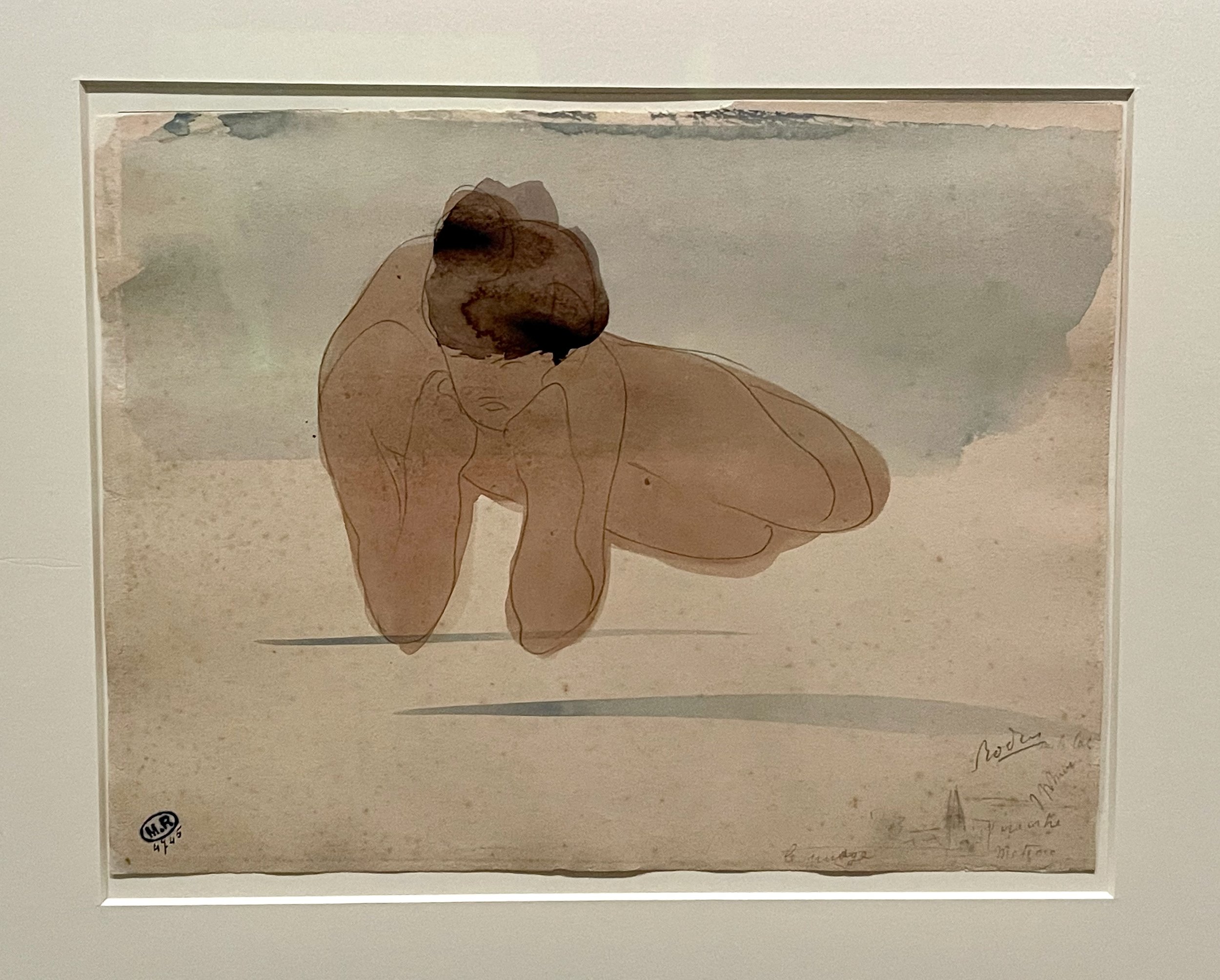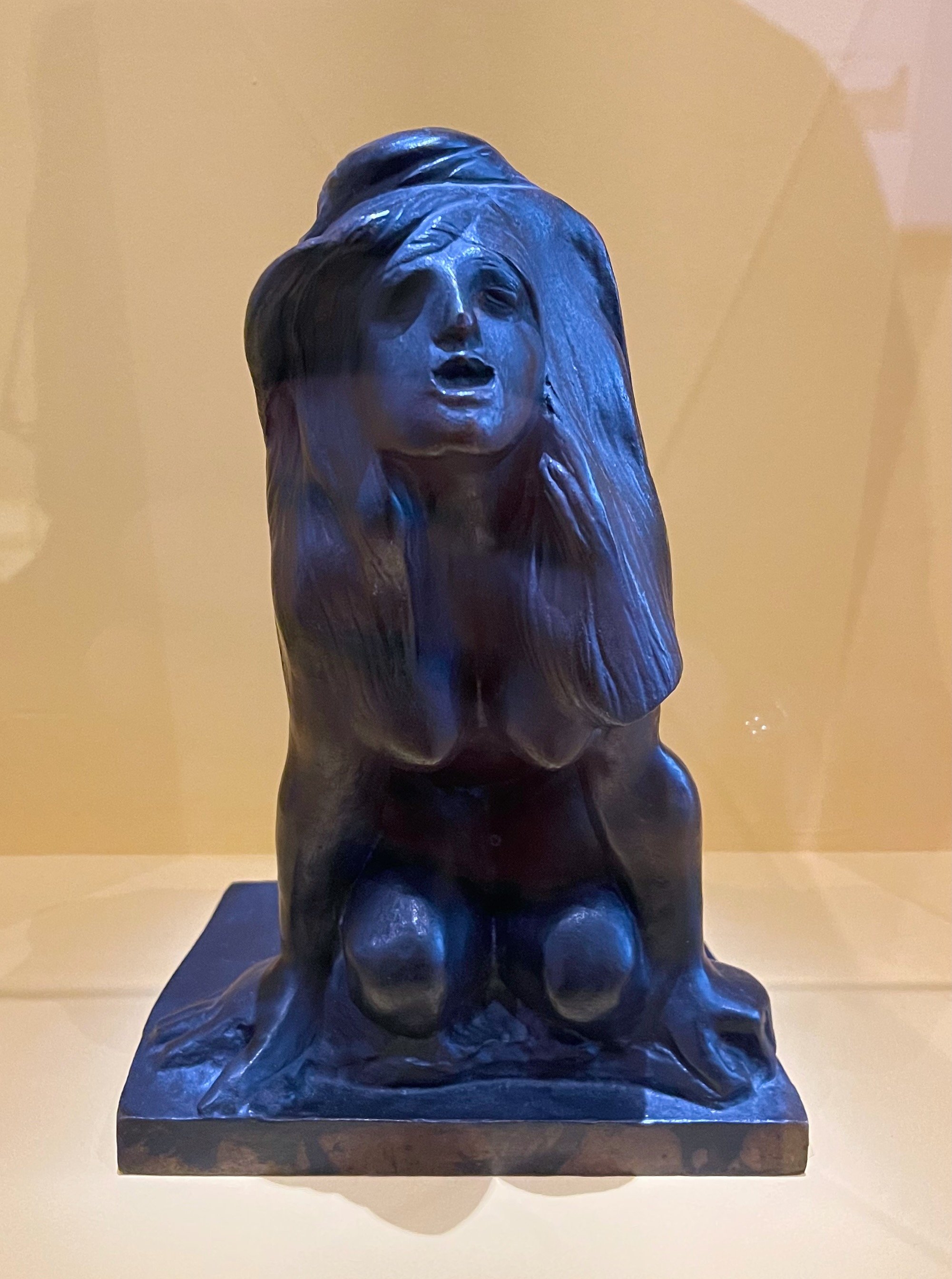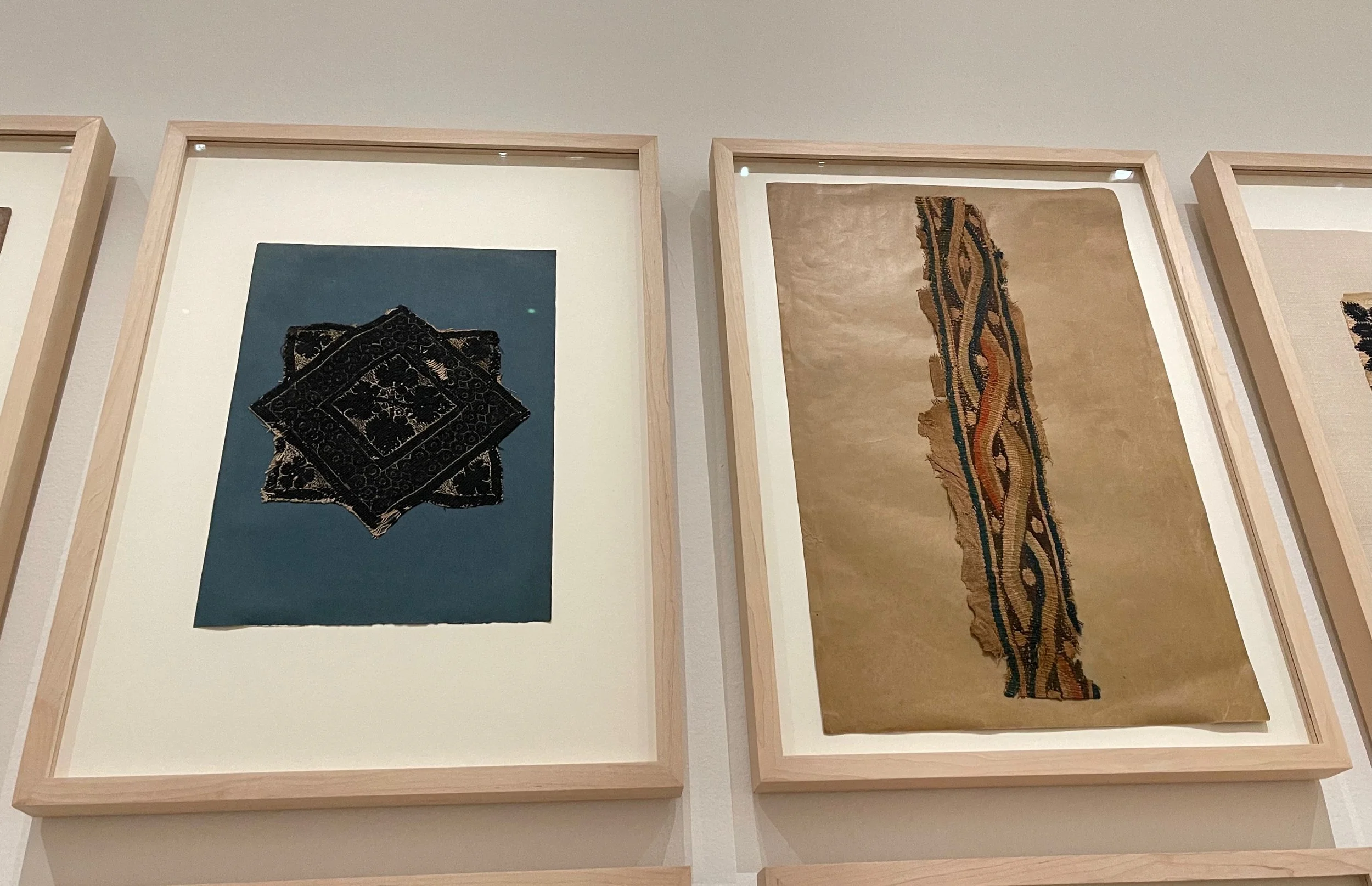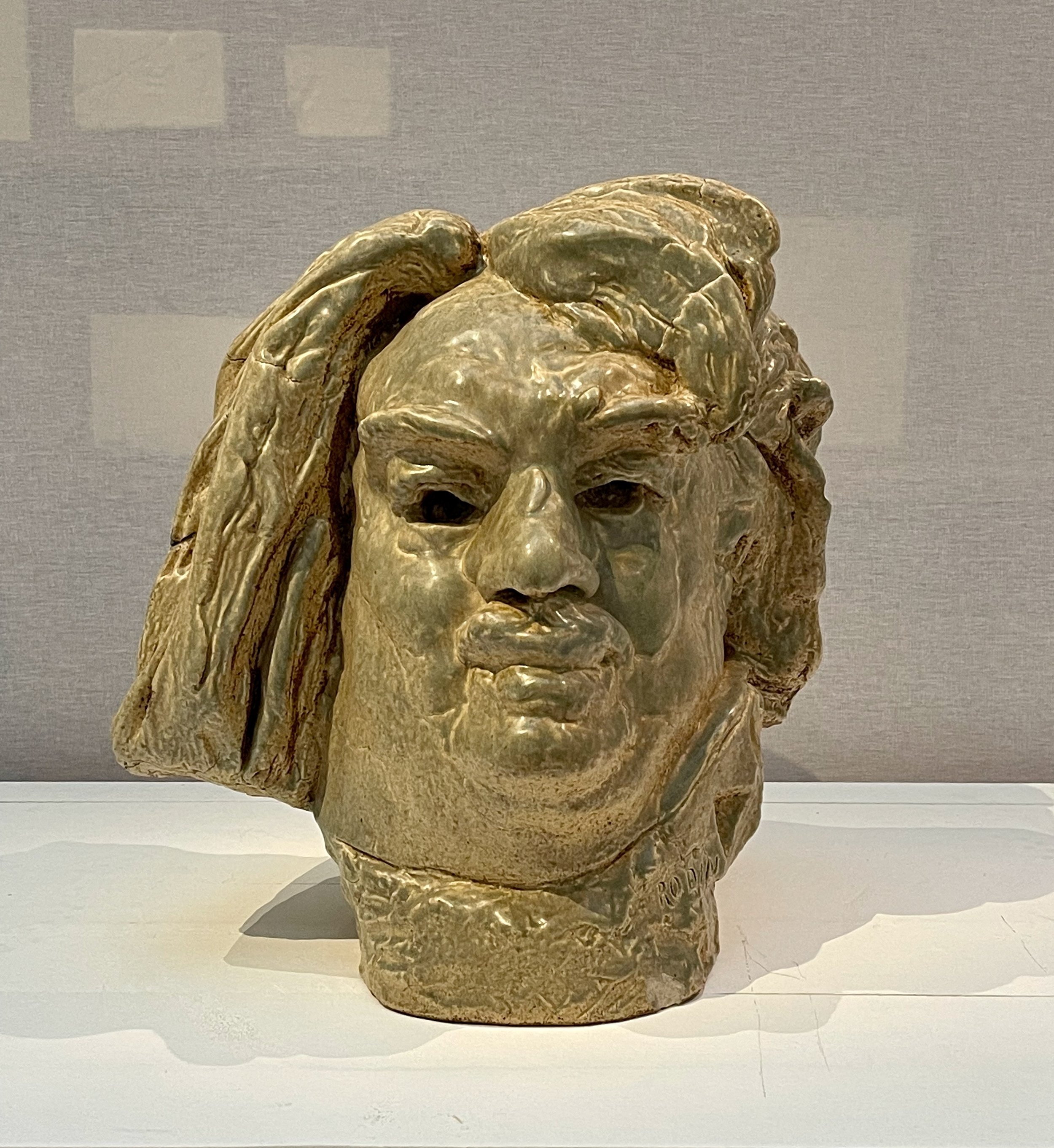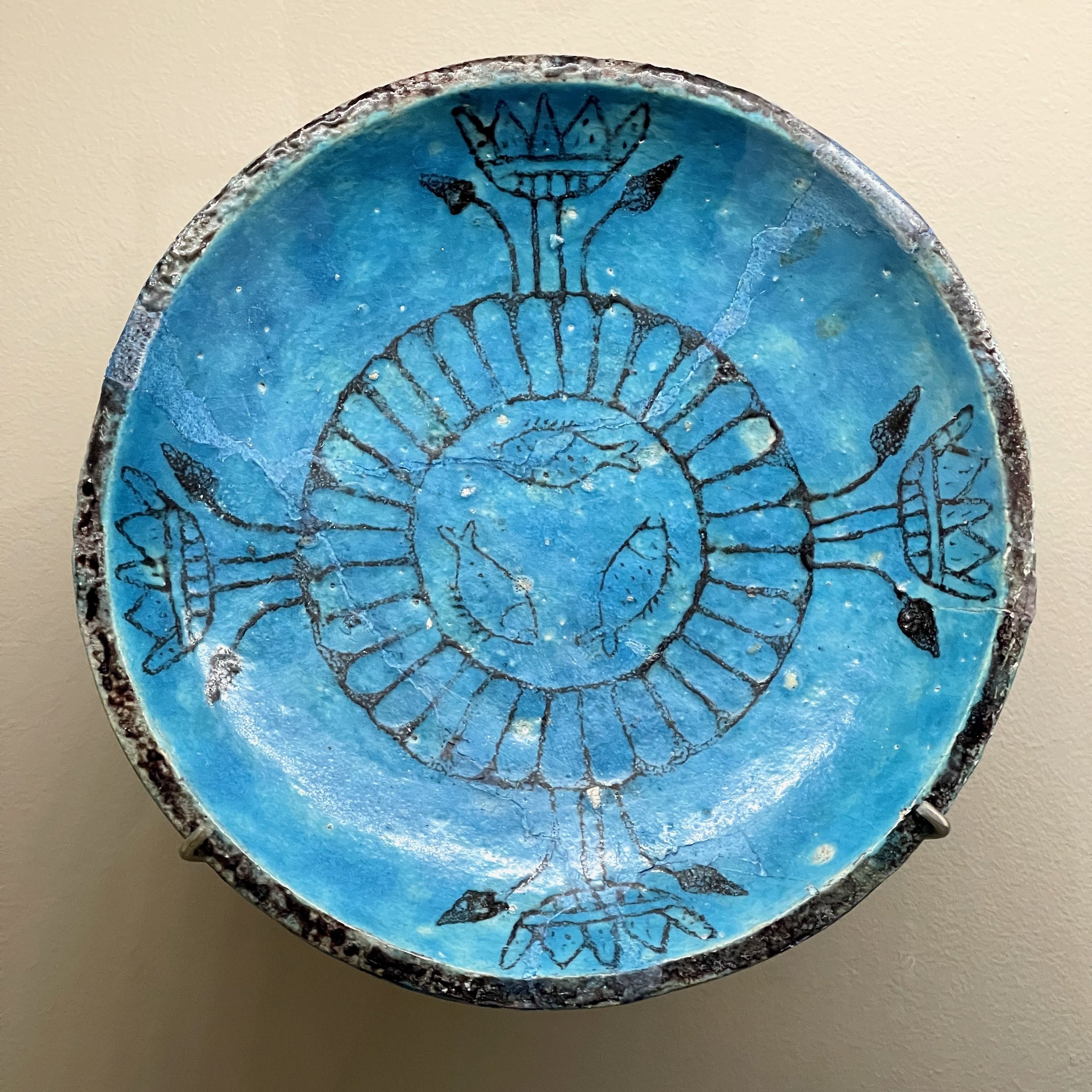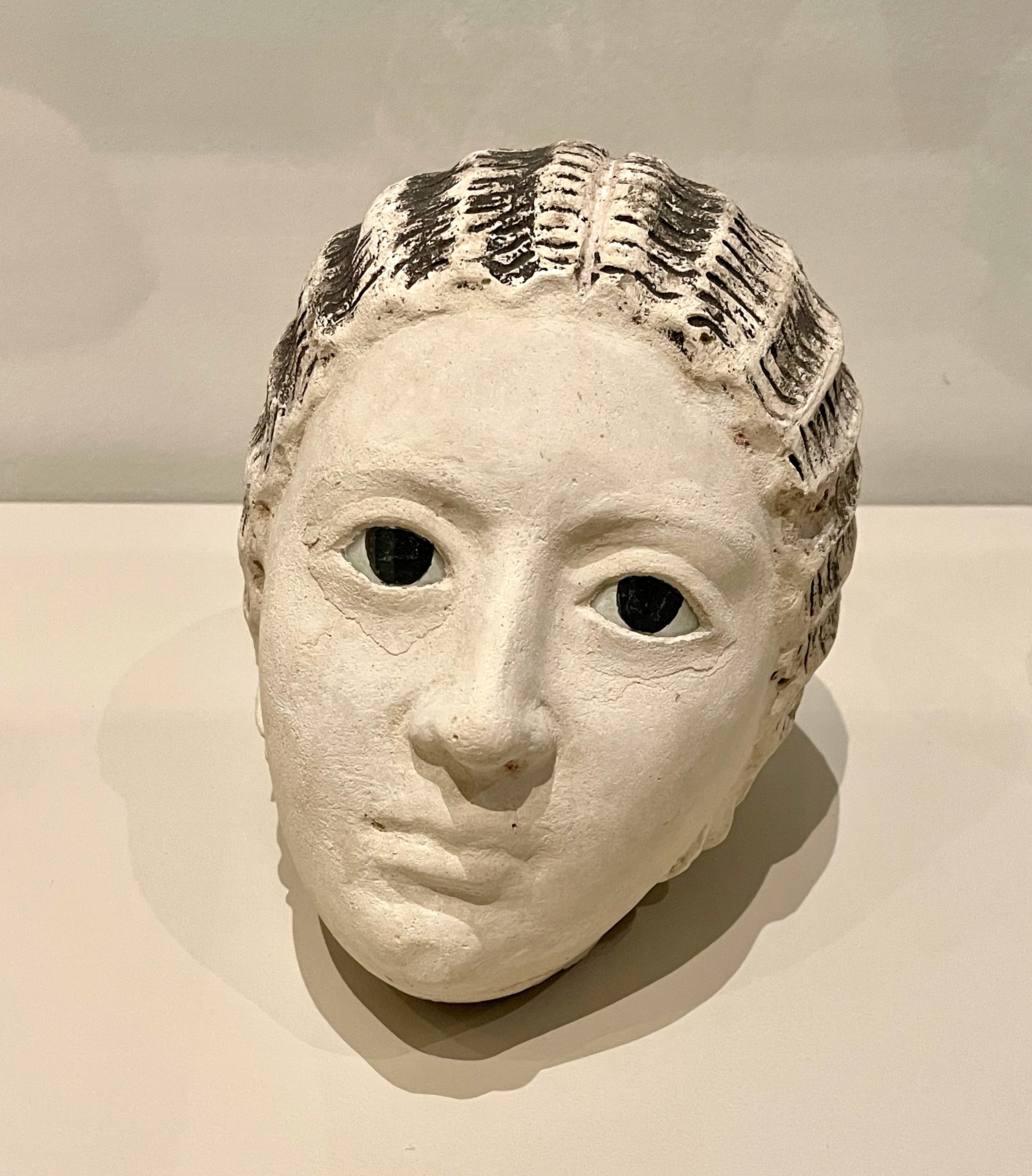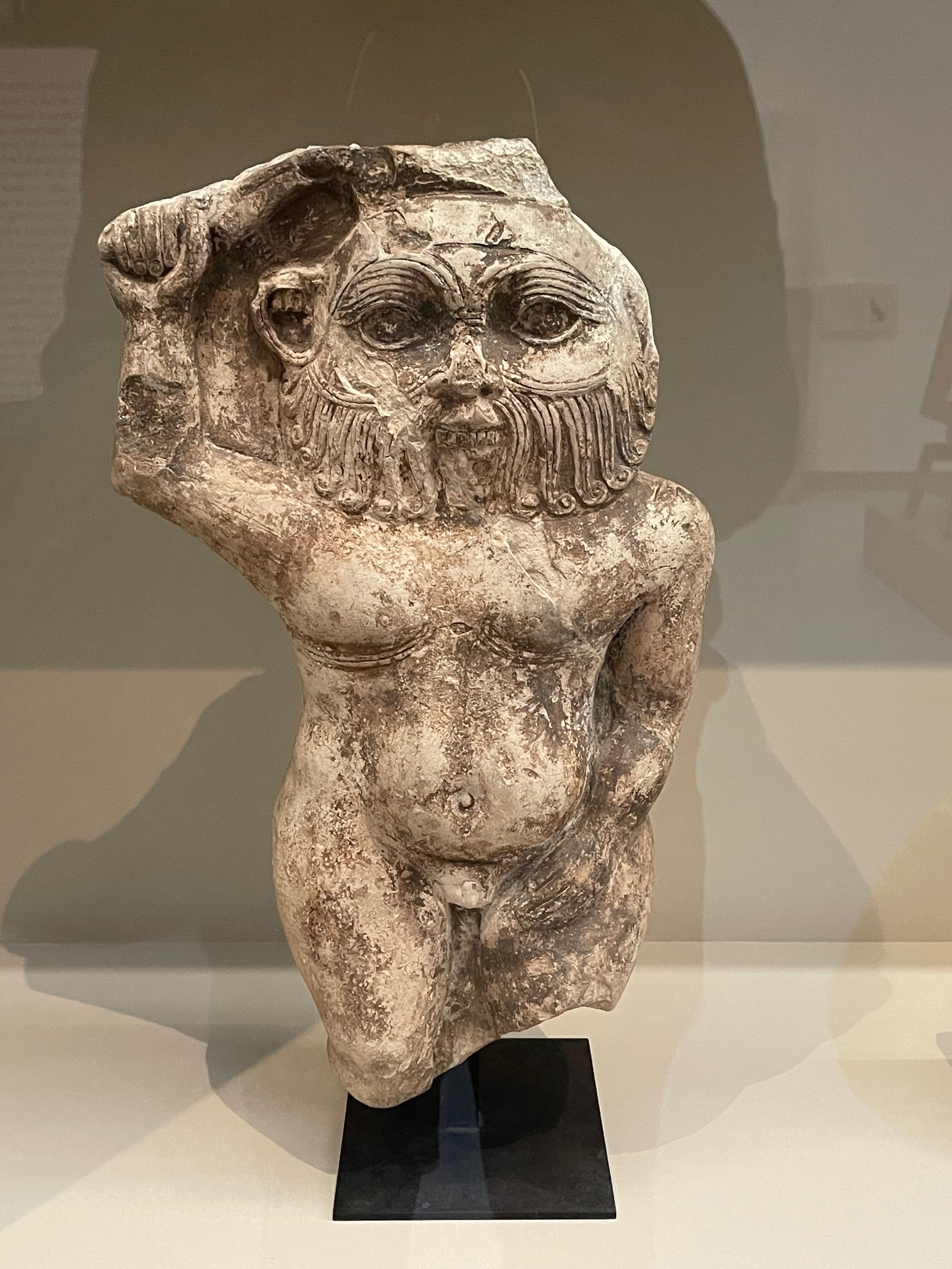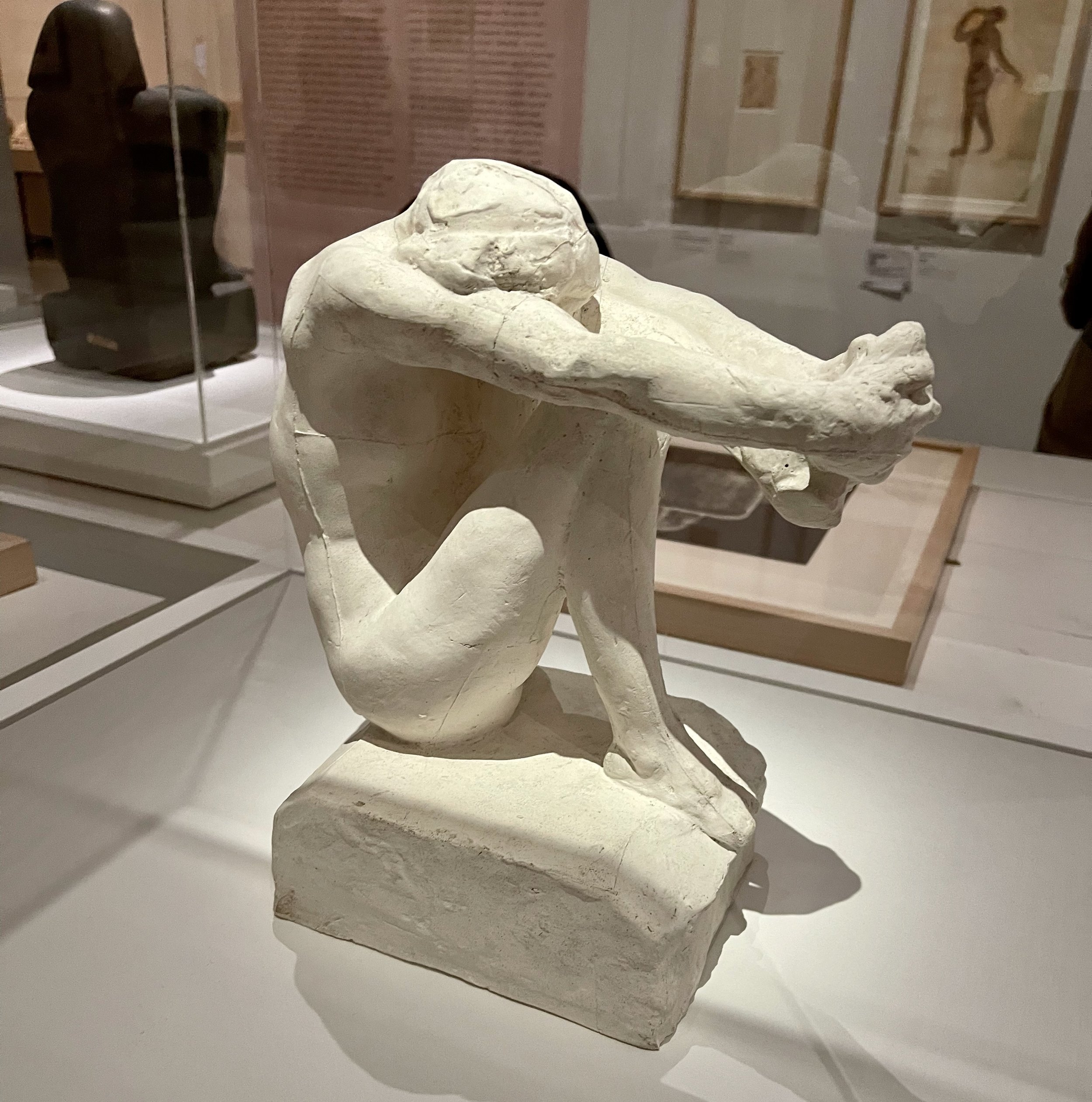The series of 15 creative conversations with members of the Royal Society of Sculptors who showed at Tremenheere Gardens in Cornwall in August 2023 is now complete. You can search for the podcasts on Spotify or Apple Podcasts or on Acast here: https://shows.acast.com/wander-land-exhibition-podcast/episodes
New Episode Wander_Land podcast conversation with Rebecca Newnham /
Seamus Moran talks to me about his long-standing connections with Tremenheere Sculpture Gardens and his ideas for Wander_Land. Moran considers the effect of walking on us and seeks to create sculptures that flip preconceived notions of memorials and memory encountered in our journey through landscape.
Wander_Land exhibition Podcast hosted by Doug Burton /
Rêve D’Égypte - Rodin Museum - Paris /
On a recent visit to Paris, I was lucky enough to catch the beginning of ‘A Dream of Egypt’ at the Rodin Museum. As someone who primarily thinks as a sculptor, this pilgrimage is necessary for me to reconnect with the power and restraint demonstrated through form, matter and sensuality, which defines a centre of gravity with the broader world. So, it was serendipity that I should be there to coincide with the opening of a show that explores Rodin’s passion for Egypt and its influence on his work.
I have to confess that I hadn’t realised how much Egypt influenced Rodin, especially in his later life. The exhibition brings together many artefacts that Rodin collected, everything from textile samples to small carvings of animals or people to stone fragments of deities. The collection feels like the artist hungering for these objects to live with and be surrounded by at all times. The first work of Rodin’s that sparked my attention, and I felt I could see his mind exploring the qualities of line and form, was a series of graphite and watercolour drawings from the 1890s. Sensitive, questioning and evoking the limited sources Rodin had access to, at this time, his library consisted of only a few donated photographs, drawings and engravings.
The exhibition is condensed and benefits from the intensity of the relations between objects that are separated by time, culture and geography. Still, all speak to us of the universal and eternal. A figure squashed with arms outstretched while a tiny figure kneels adjacent, looking up in adoration. Heads abound, the portrait of Balzac, dismembered and bubbling, sitting with a collection of regal busts. Sculptural studies create the language of Rodin’s visions. The more interconnections come to us, the more time we spend in the presence of all these objects. What interested me was how the show made me feel like I had an insight into Rodin’s mind unlocking his inspiration and passion for the art of Egypt. His attention to these artefacts also paid homage to something that went beyond and opened gateways for his practice.
Research on the expressivity of matter /
I have been spending a bit of time catching up on my Deleuze after a long hiatus, through the writing of Manuel DeLanda. It has given me a moment to reflect on how we perceive matter or our relation to it. Thinking about the way matter has its own ability to express itself does stop and make me think of how we connect to it rather than the continuous internalisation that is often the default position of the human condition, perceiving us as the focus of attention by god, economics, politics or any other structure that internalises our relation to the world. As I continue my research here with the aim of directing my studio work, it reminds me of one of my favourite books, Siddhartha by Hermann Hesse, and the way Hesse tries to grapple with the interconnections of matter through a philosophy of living as a way of making sense of our place within the world.
Reflections on iJade 2017 /
I've just written a blog post for the Open College of the Arts https://weareoca.com/education/ijade-2017-art-design-agent-change/ This leads on from my presentation at the iJade 2017 conference in Dublin and condenses my research into distance learning at the OCA. My paper requires more focused research and a collegiate response from my fellow programme leaders at the OCA, but I hope to complete it in the next couple of months. Incidentally, it's the 30th anniversary of the OCA next year and I'm looking forward to tieing my research up with this celebration of Michael Young's vision.
Tawai: A voice from the forest /
I’ve just been to see Bruce Parry’s documentary film Tawai @PloughArts and wanted to share my thoughts. I was lucky enough to go on an expedition to Borneo with Bruce in 1995. It was both a quest for adventure and ecological expedition, to set up infrastructure in advance of scientists who were coming to gather data on the rainforest. In particular, the area of Kalimantan we were centred in was predominantly made up of Mangrove’s, where the interconnections between water, trees and the rest of the world was and still is delicately balanced.
Tawai, is very matter of fact about the harsh realities of our world and the impact we’re all having on it. That’s not to say that I feel it was asking us to suffer guilt, but to instead consider our place in the world and question if each of us is present in the here and now. Why is the here and now important? Well, only though being aware of ourselves, mindfulness as Parry learns, can we begin to question our lives and the interconnections that stem from over here all the way to a quiet nomadic people in Borneo.
A meeting with Iain McGilchrist, writer of ‘The Master and his Emissary: the divided brain and the Making of the Western World’, presents scientific evidence for our modern preoccupation with reason over intuition. More engagement, as McGilchrist puts it, with the right side or our brains, allowing for a worldlier view, would help us to be more mindful of the whole rather than the finite.
This is a stunning film that everyone should see, not because it's relevant today, but necessary as part of our long term individual development.
https://www.tawai.earth/#trailer-1
https://www.youtube.com/watch?time_continue=681&v=dFs9WO2B8uI
Thoughts on #monoprint /
There’s something about the process of thinking and making that closely aligns monoprinting with sculpture. Perhaps it’s my approach to materials and a desire to explore their possibilities that has led me down this path. Printing in general leans towards an engagement with; surface, body-action, haptic, movement, materiality and the animated. Harnessing these inherent qualities that are born out of the processes within the print studio is a key to crossing between the sculptural and print world. For example, the application of ink to a material, rolling and compressing this onto the paper through the repetitive motion of turning the giant press wheel, conceptually imbeds the work with the performance of making. Just as that physical engagement with materials transfers directly into three-dimensions. So, my prints move more and more towards a gesture of formations, the matter forming out of these surface casts.
